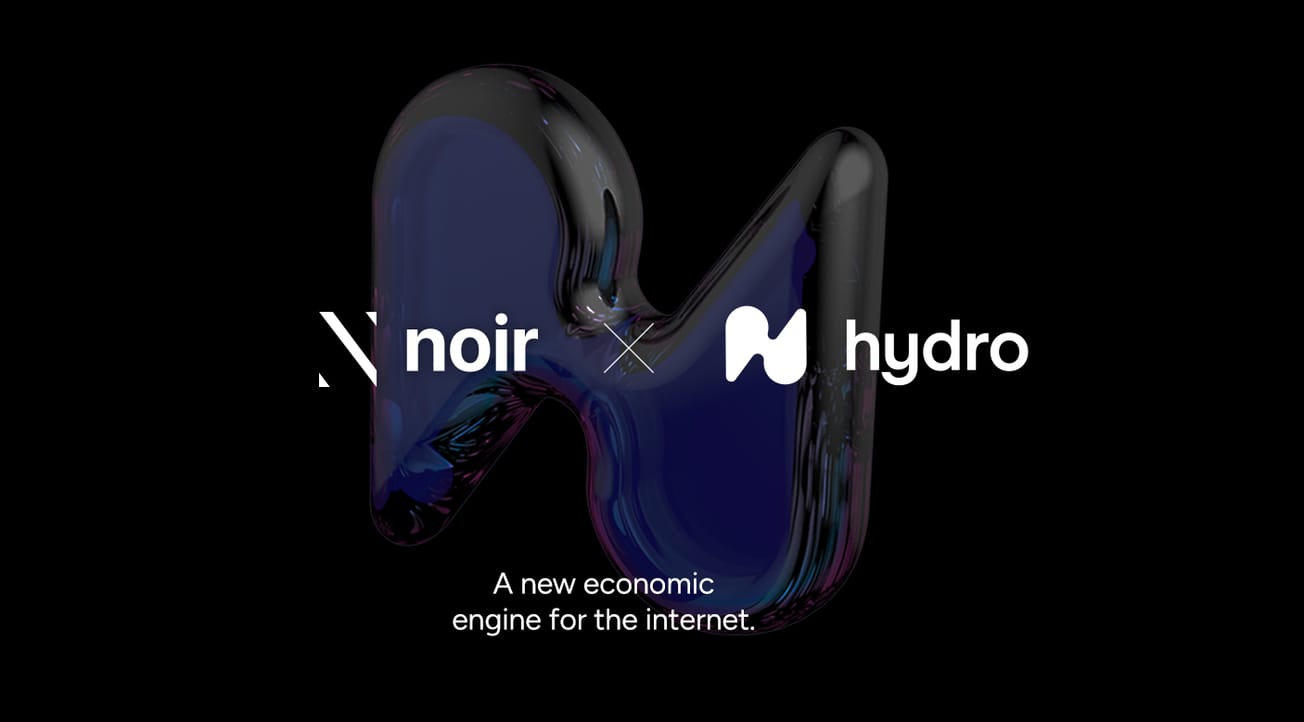The metaverse will present profound possibilities for architects. A deep need for digital buildings is opened up by the new technologies as users continue to use virtual worlds as a means to meaningfully connect with one another, transcending physical distances.
This is a new frontier for architects,with many many things to consider when designing in the metaverse. Even with no rules or regulations for metaverse architecture just yet, there are still limitations on what can be built due to hardware. Architecture will be one of many industries digitally transformed by the next phase of the internet.
Branching Out: Branding in the Digital Realm
There's been a recent surge in the popularity of brands looking to light up their company's virtual presence with 3D renders of buildings. This surge is creating a definite demand for architects and interior designers
One big name entering the metaverse is fashion and lifestyle brand VANS, with the creation of a digital skatepark. With over 50 million visitors since creation, the company partnered with Roblox to bring their brand to a young, open-minded audience on the virtual platform, allowing them to express their digital identities in a new way.
This increasing desire for brands to branch out from the physical to the virtual is further expected to drive demand for architects. Even if they’re not the ones building the digital buildings and structures, their experience and skill sets will be highly sought after for iterating on designs, changing them into something entirely new in a way that will wow potential future customers. And best of all, the designers won’t be bogged down by pesky processes like applying for planning permission.
No More Planning Permission?
Fueled by a crescendo of creative freedom, the metaverse will offer a more permissive environment for architects to unleash their designs on new virtual worlds. No longer constrained by the laws of physics—nor by health and safety standards—architecture will become a more creatively free discipline, allowing us to explore alien constructs, fairy-tale castles, but also digitally altered buildings viewed through AR glasses that might cast us back in time a few hundred years.
Architects won’t have to apply for planning permission, consult authorities or worry about the poor execution of untrained builders. And while they might have to learn some new, digital skills, the metaverse will create endless possibilities in the exploration and creation of breathtaking new structures.
Though they might not need permission from the authorities, many metaverse worlds and virtual platforms will still have some digital constraints. In web3 world decentraland, architects have to think carefully about the limits of the engine that the game-like world runs on, as well as the size of the land they can build on. Decentraland’s plots are 16m², with heights up to 20m. Excessively complex buildings would cause far too much lag and latency for users, since their devices would have to load and render that information.
Nevertheless, as the technology improves, edge computing advances and architects come fleeting to the metaverse, it won’t be a surprise to see more outlandish buildings appearing in virtual worlds visitable through next-level wearables.










